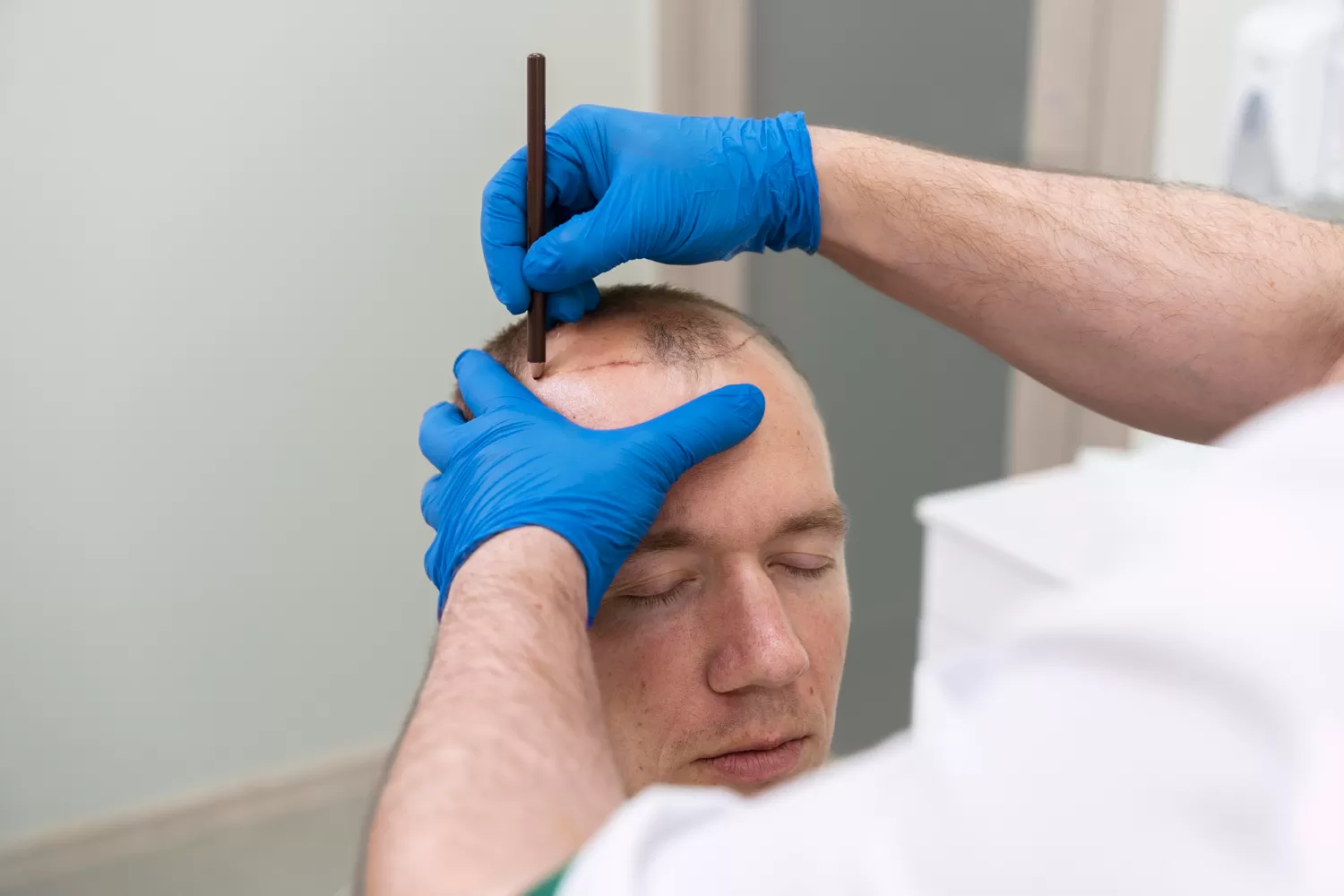Hair transplantation is one of the most popular and effective procedures in modern aesthetic medicine. The FUE (Follicular Unit Extraction) technique, in particular, has become a global standard due to its natural results and scar-free recovery.
However, FUE can be performed in two main ways: Manual FUE and Micromotor FUE. Both share the same principle — extracting hair follicles one by one — but differ significantly in the tools used, operation speed, precision, and overall results.
In this detailed guide, we’ll explore the differences between manual and micromotor FUE, their pros and cons, and which method may be more suitable for you.
1. Overview of the FUE Technique
FUE involves extracting individual follicular units (grafts) from the donor area and implanting them into balding or thinning regions. Unlike the FUT (strip) method, FUE does not require any cutting or stitching, allowing for a more comfortable healing process and natural-looking results.
The main difference between manual and micromotor FUE lies in how the follicles are extracted — whether by hand or with a motorized device.
2. What Is Manual FUE?
In Manual FUE, the surgeon uses a specially designed manual punch tool to extract follicles one by one. These punches usually range from 0.7 mm to 1.0 mm in diameter. The entire process depends on the surgeon’s skill, precision, and control.
Key Features of Manual FUE:
Follicles are extracted manually without motor assistance.
The process is slower and requires high concentration.
The surgeon can adjust the angle and direction of each extraction precisely.
There is minimal tissue trauma when performed properly.
Advantages:
✅ Minimal damage to follicles and surrounding tissue.
✅ High survival rate of extracted grafts.
✅ Natural hair direction and growth pattern can be preserved.
✅ Ideal for fine or fragile hair types.
Disadvantages:
⚠️ The procedure takes longer.
⚠️ It requires more physical effort and endurance from the surgeon.
⚠️ May not be ideal for patients needing a high number of grafts in one session.
3. What Is Micromotor FUE?
Micromotor FUE is the technologically enhanced version of the manual method. In this technique, hair follicles are extracted using electrically powered micro punches. The punch rotates with a controlled motor speed, allowing the surgeon to extract follicles more quickly.
Key Features of Micromotor FUE:
Uses motorized punches that rotate at adjustable speeds.
Extraction is much faster compared to the manual method.
Punch sizes typically range between 0.6 mm and 1.0 mm.
Advantages:
✅ Significantly shorter procedure time.
✅ Suitable for patients needing a large number of grafts.
✅ Efficient and consistent results with proper control.
✅ Allows for high coverage in large balding areas.
Disadvantages:
⚠️ If the rotation speed is too high, follicles may be damaged.
⚠️ Friction and heat can cause micro trauma in the donor area.
⚠️ Requires experience and precision to avoid graft loss.
4. Key Differences Between Manual and Micromotor FUE
| Feature | Manual FUE | Micromotor FUE |
|---|---|---|
| Equipment | Hand-operated manual punch | Electrically powered micro punch |
| Speed | Slower | Much faster |
| Trauma risk | Very low | Higher if speed isn’t controlled |
| Follicle survival | High | Moderate to high (depends on technique) |
| Natural appearance | Excellent precision | Slightly less flexible in angle control |
| Ideal candidates | Fine or weak hair, sensitive scalp | Large bald areas, strong donor region |
| Healing time | Slightly faster | Similar, depends on skin sensitivity |
5. Which Method Is Right for You?
Both techniques can deliver excellent results, but the best choice depends on your hair type, scalp condition, and goals.
Manual FUE Is Best For:
- Patients with thin or delicate hair types
- Those with limited donor areas
- Patients who prioritize natural direction and density over speed
Micromotor FUE Is Best For:
- Patients who need a high number of grafts
- Individuals with thicker hair shafts
- Those looking for a shorter operation time
6. The Importance of an Experienced Surgeon
Regardless of the chosen method, the experience and skill of the surgeon are the most important factors influencing the final outcome.
Micromotor FUE, while faster, requires precise control to avoid overheating and damaging grafts. Manual FUE demands great patience and steady hands.
Therefore, choosing a qualified and experienced specialist ensures you benefit from the advantages of either method while minimizing potential risks.
7. Conclusion: Both Techniques Can Deliver Natural, Lasting Results
Manual and Micromotor FUE are not rivals — they are complementary techniques within modern hair transplantation. In some cases, surgeons may even combine both methods — using manual FUE for precision areas like the hairline and micromotor FUE for larger coverage zones.
Ultimately, there is no single “best” method for everyone. Your scalp type, donor capacity, and the surgeon’s expertise will determine the most suitable approach.
In Summary:
- Manual FUE offers precision and naturalness.
- Micromotor FUE provides speed and volume.
- The best results come from combining the right technique with an experienced team.





No comments yet. Be the first to comment!